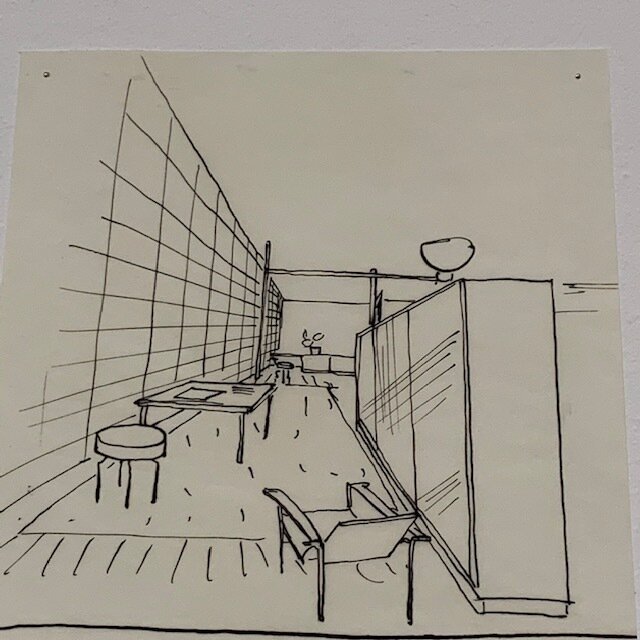The Poetics of Reason
The Triennial just ended recently, but we’re already longing for it. It comprised five months of activities and three different exhibitions showing how architecture can position itself before the appalling reality of overpopulation, the scarcity of vital resources, and growing behavioral barbarism. With Éric Lapierre as general curator, The Poetics of Reason took reflections on architecture as a discipline capable of modeling spaces and articulating solutions to three distinguished cultural spaces in Lisbon.
Economy of Means, Agriculture and Architecture: Taking the Country's Side, and Inner Space are complementary exhibitions, each one of them proposing a different set of perceptions regarding what is reason in architecture, or rather, regarding the reason of being of that discipline, the daughter of needs and dreams.
On the needs side, Agriculture and Architecture--set up at Garagem Sul at Centro Cultural Belém—proposed a rapprochement between these two disciplines that began to diverge after the Industrial Revolution. The exhibition’s starting point was the supposition that permaculture is a type of architecture, bringing together agricultural scientists, activists, and designers to reflect upon a redefinition of territories and their occupation faced with unstoppable urban growth. A map of interdisciplinary relations was presented through a somewhat confusing diagram proposing the transition from agronomy to agroecology and ruralism as possibilities to deal with the environmental chaos predicted fifty years ago and deliberately ignored until now. There is something romantic about the “return to the country” proposed by the exhibition, in tune with what Rem Koolhaas brings to the exhibition Countryside, The Future, which opened on February 20 at the Guggenheim in New York City.
On the dreams side, Inner Space, which took place at the National Museum of Contemporary Art, surveyed collective and individual movements focused on the project character of creative processes. The result was a plunge into “architectural imagination” in which maquettes, drawings and ready-made objects were presented as artworks, alongside games and a few augmented reality devices. Unfortunately, these objects did not display autonomy or provide anything other than a playful experience, they were mere pastimes. References to collections—such as a curio cabinet or even Malraux's imaginary museum—were not enough to evoke fantastic mental constructions, much less to inspire visitors to conceive them.
Joining needs and dreams as essential elements to architecture’s raison d'être, Economy of Means at MAAT presented the concept of this fifth edition of the Triennale in a more summarized way, in which the “poetics” in the title prevailed over “reason,” valuing in the first place the aesthetic character of architecture rather than its utilitarian character. An example of this is championing of minimum resources and criticising (re)productive means. There were, of course, several references to modernist architecture’s rationalism, from the conceptual field—modulation, repetition, scale, emptiness, efficiency—to the field of individualistic and self-sufficient models such as those of Le Corbusier’s Casa Domino, Charlotte Perriand’s Minimum Dwelling, and Cornelius Meyer’s One Room Apartment. I would have loved to see Altar [Shrine] included—it is a hovering autonomous home recently launched by my friend Facundo Guerra. It has everything to do with the exhibition!
Presented through profuse but harmonious museography, these ideas present themselves with clarity for a wider audience—a rare feature in architectural exhibitions, which are often too technical and abstract. The pleasant language of the exhibition, spiced by the poetics of reason, converged for an instigating discussion about lifestyles in the near future.
The Poetics of Reason
5th Lisbon Architecture Triennale
From October 3, 2019, to February 16, 2020
General Curator: Éric Lapierre
Image credits: Lisbon Architecture Triennale © Magnólia Costa. Altar [Shrine], floating autônomos house conceived and built by Facundo Guerra, who generously gifted the photos to this blog.












